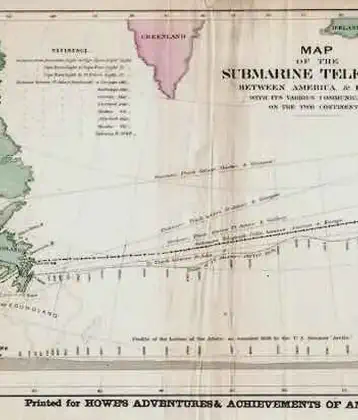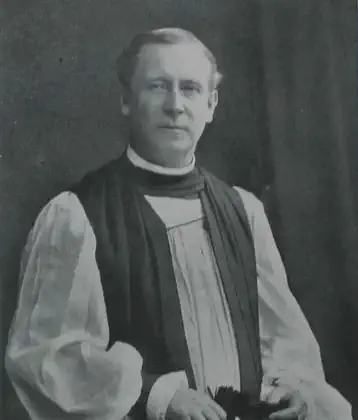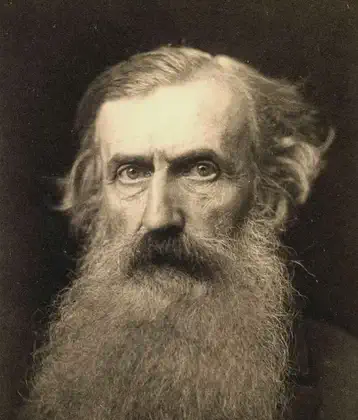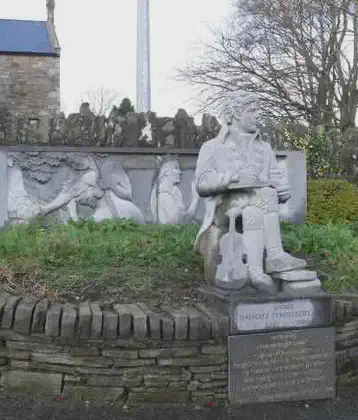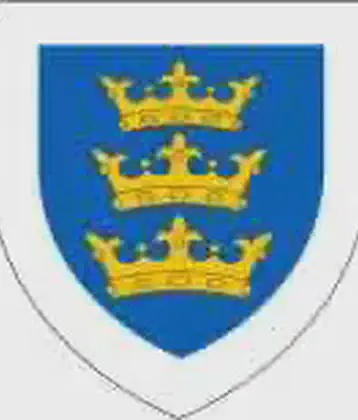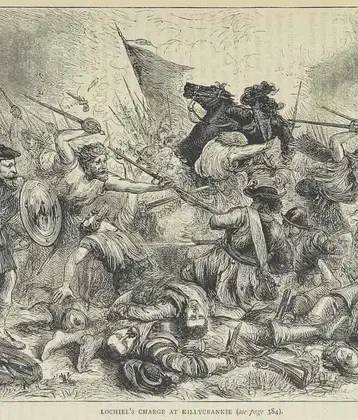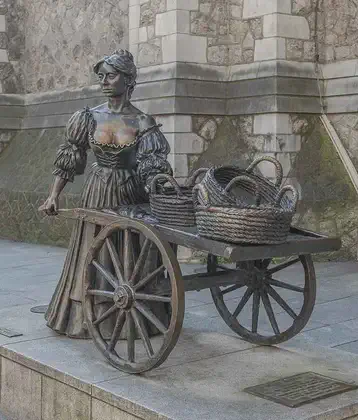On July 27, 1662 in Celtic History
James butler, 1st duke of ormond becomes lord lieutenant and arrives in ireland on this date

Lieutenant-General James FitzThomas Butler, 1st Duke of Ormond, KG, PC (19 October 1610 – 21 July 1688), was an Irish statesman and soldier, known as Earl of Ormond from 1634 to 1642 and Marquess of Ormond from 1642 to 1661.
Following the failure of the senior line of the Butler family, he was the second representative of the Kilcash branch to inherit the earldom.
His friend, the Earl of Strafford, secured his appointment commander of the government army in Ireland.
Following the outbreak of the Irish Rebellion of 1641, he led government forces against the Irish Catholic Confederation; when the First English Civil War began in August 1642, he supported the Royalists and in 1643 negotiated a ceasefire with the Confederation which allowed his troops to be transferred to England.
First exile
Ormond attended King Charles during August and October 1647 at Hampton Court Palace, but in March 1648, in order to avoid arrest by the parliament, he joined the Queen and the Prince of Wales at Paris.
Second Ormonde Peace
Shortly before the Execution of Charles I in January 1649, he agreed the Second Ormonde Peace an alliance between the Confederation and Royalist forces which fought against the Cromwellian conquest of Ireland.
Second exile
During the 1650s he lived in exile on the continent with Charles II of England.
He left Ireland for France sailing from Galway on 7 December 1650, but stopped over at Gleninagh Castle, on the southern shore of the Bay of Galway, from where he then started his passage to France on 11 December.
He sailed on a small frigate, the Elizabeth, which the Duke of York had sent him from Jersey.
Caught in winter storms, they reached Perros in Brittany after three weeks.
Ormond was accompanied among others by Inchiquin, Bellings and Daniel O’Neill
After the Stuart Restoration in 1660, Ormond became a major figure in English and Irish politics, holding many high government offices such as Chancellor of the University of Oxford.
Restoration career
On the return of Charles to England as King in 1660, Ormond was appointed a commissioner for the treasury and the navy, made Lord Steward of the Household, a Privy Councillor, Lord Lieutenant of Somerset (an office which he resigned in 1672), High Steward of Westminster, Kingston and Bristol, chancellor of Trinity College Dublin, Baron Butler of Llanthony and Earl of Brecknock in the peerage of England; and on 30 March 1661 he was created Duke of Ormond in the Irish peerage and made Lord High Steward of England, for Charles’s coronation that year.
At the same time, he recovered his enormous estates in Ireland, and large grants in recompense of the fortune he had spent in the royal service were made to him by the king, while in the following year the Irish Parliament presented him with £30,000. His losses, however, according to Carte, exceeded his gains by nearly a million £.
Lord Lieutenant of Ireland
The Lord Lieutenant possessed a number of overlapping roles. He was:
- the representative of the King (the “viceroy”);
- the head of the executive in Ireland;
- (on occasion) a member of the English or British Cabinet;
- the fount of mercy, justice and patronage;
- (on occasion) commander-in-chief in Ireland.
- Grand Master of the Order of St. Patrick
Prior to the Act of Union 1800 which abolished the Irish parliament, the Lord Lieutenant formally delivered the Speech from the Throne outlining his Government’s policies.
